1. Simons FE, Ardusso LR, Dimov V, Ebisawa M, El-Gamal YM, Lockey RF, et al. World Allergy Organization anaphylaxis guidelines: 2013 update of the evidence base. Int Arch Allergy Immunol. 2013; 162(3):193–204. PMID:
24008815.

2. Yang MS, Kim JY, Kim BK, Park HW, Cho SH, Min KU, et al. True rise in anaphylaxis incidence: epidemiologic study based on a national health insurance database. Medicine (Baltimore). 2017; 96(5):e5750. PMID:
28151851.
3. Yu JE, Lin RY. The epidemiology of anaphylaxis. Clin Rev Allergy Immunol. 2018; 54(3):366–374. PMID:
26357949.

4. Jeong K, Ye YM, Kim SH, Kim KW, Kim JH, Kwon JW, et al. A multicenter anaphylaxis registry in Korea: clinical characteristics and acute treatment details from infants to older adults. World Allergy Organ J. 2020; 13(8):100449. PMID:
32817782.

5. Jiang N, Yin J, Wen L, Li H. Characteristics of anaphylaxis in 907 Chinese patients referred to a tertiary allergy center: a retrospective study of 1,952 episodes. Allergy Asthma Immunol Res. 2016; 8(4):353–361. PMID:
27126729.

6. Lee SY, Ahn K, Kim J, Jang GC, Min TK, Yang HJ, et al. A multicenter retrospective case study of anaphylaxis triggers by age in Korean children. Allergy Asthma Immunol Res. 2016; 8(6):535–540. PMID:
27582405.

7. Cardona V, Ansotegui IJ, Ebisawa M, El-Gamal Y, Fernandez Rivas M, Fineman S, et al. World allergy organization anaphylaxis guidance 2020. World Allergy Organ J. 2020; 13(10):100472. PMID:
33204386.

8. Shaker MS, Wallace DV, Golden DB, Oppenheimer J, Bernstein JA, Campbell RL, et al. Anaphylaxis-a 2020 practice parameter update, systematic review, and Grading of Recommendations, Assessment, Development and Evaluation (GRADE) analysis. J Allergy Clin Immunol. 2020; 145(4):1082–1123. PMID:
32001253.

9. Oriel RC, Wang J. How to manage food allergy in nursery or school. Curr Opin Allergy Clin Immunol. 2018; 18(3):258–264. PMID:
29561357.

10. Pumphrey RS. Lessons for management of anaphylaxis from a study of fatal reactions. Clin Exp Allergy. 2000; 30(8):1144–1150. PMID:
10931122.

11. Sicherer SH, Simons FE. Section on Allergy and Immunology. Epinephrine for first-aid management of anaphylaxis. Pediatrics. 2017; 139(3):e20164006. PMID:
28193791.

12. Dubus JC, Lê MS, Vitte J, Minodier P, Boutin A, Carsin A, et al. Use of epinephrine in emergency department depends on anaphylaxis severity in children. Eur J Pediatr. 2019; 178(1):69–75. PMID:
30269250.

13. Sicherer SH, Simons FE. Quandaries in prescribing an emergency action plan and self-injectable epinephrine for first-aid management of anaphylaxis in the community. J Allergy Clin Immunol. 2005; 115(3):575–583. PMID:
15753907.

15. Korea Ministry of Government Legislation. Enforcement rule of the Emergency Medical Service Act: Article 33. Updated 2019. Accessed April 29, 2021.
http://www.law.go.kr.
16. Baek HS, Park SS. The emergency medical services system of South Korea: the present and future of emergency medical technicians. Medico Leg Update. 2019; 19(2):688–692.

17. Han SY, Ji HK, Yoon SW, Lee CH. Legislation feasibility studies for expanding the business scope of paramedics: focused on high level task in importance, need and allowance. Korean J Emerg Med Serv. 2015; 19(3):117–138.

18. Fleming JT, Clark S, Camargo CA Jr, Rudders SA. Early treatment of food-induced anaphylaxis with epinephrine is associated with a lower risk of hospitalization. J Allergy Clin Immunol Pract. 2015; 3(1):57–62. PMID:
25577619.

19. Turner PJ, Jerschow E, Umasunthar T, Lin R, Campbell DE, Boyle RJ. Fatal anaphylaxis: mortality rate and risk factors. J Allergy Clin Immunol Pract. 2017; 5(5):1169–1178. PMID:
28888247.

20. Park SW, Lee BK, Yun SW. Necessity of epinephrine in pre-hospital stage: in the early management of anaphylaxis following a bee sting. J Korean Soc Emerg Med. 2012; 23(5):578–583.
21. Choi JH, Jo YH, Choi ES. Prehospital care status and improvement plan of 119 emergency medical technician to anaphylaxis patients. Korean J Emerg Med Serv. 2016; 20(1):57–70.

22. Rea TD, Edwards C, Murray JA, Cloyd DJ, Eisenberg MS. Epinephrine use by emergency medical technicians for presumed anaphylaxis. Prehosp Emerg Care. 2004; 8(4):405–410. PMID:
15626002.
23. Campbell RL, Bellolio MF, Knutson BD, Bellamkonda VR, Fedko MG, Nestler DM, et al. Epinephrine in anaphylaxis: higher risk of cardiovascular complications and overdose after administration of intravenous bolus epinephrine compared with intramuscular epinephrine. J Allergy Clin Immunol Pract. 2015; 3(1):76–80. PMID:
25577622.

24. Levis JT, Ford JB, Kuo AM. Intracranial hemorrhage after prehospital administration of intramuscular epinephrine. J Emerg Med. 2011; 40(6):e107–e110. PMID:
18757151.

25. Wood JP, Traub SJ, Lipinski C. Safety of epinephrine for anaphylaxis in the emergency setting. World J Emerg Med. 2013; 4(4):245–251. PMID:
25215127.

26. Yang MS, Lee SH, Kim TW, Kwon JW, Lee SM, Kim SH, et al. Epidemiologic and clinical features of anaphylaxis in Korea. Ann Allergy Asthma Immunol. 2008; 100(1):31–36. PMID:
18254479.

28. Grabenhenrich LB, Dölle S, Moneret-Vautrin A, Köhli A, Lange L, Spindler T, et al. Anaphylaxis in children and adolescents: the European Anaphylaxis Registry. J Allergy Clin Immunol. 2016; 137(4):1128–1137.e1. PMID:
26806049.

29. Jahnz-Rozyk K, Raciborski F, Śliwczyński AM, Kłak A, Pinkas J. Anaphylaxis in Poland: the epidemiology and direct costs. Postepy Dermatol Alergol. 2017; 34(6):573–579. PMID:
29422823.

30. Cho H, Kim SH, Lee JH, Kim BS, Lee J, Kim JK, et al. Awareness of anaphylaxis among community and emergency responders in Korea. Allergy Asthma Respir Dis. 2020; 8(3):127–134.

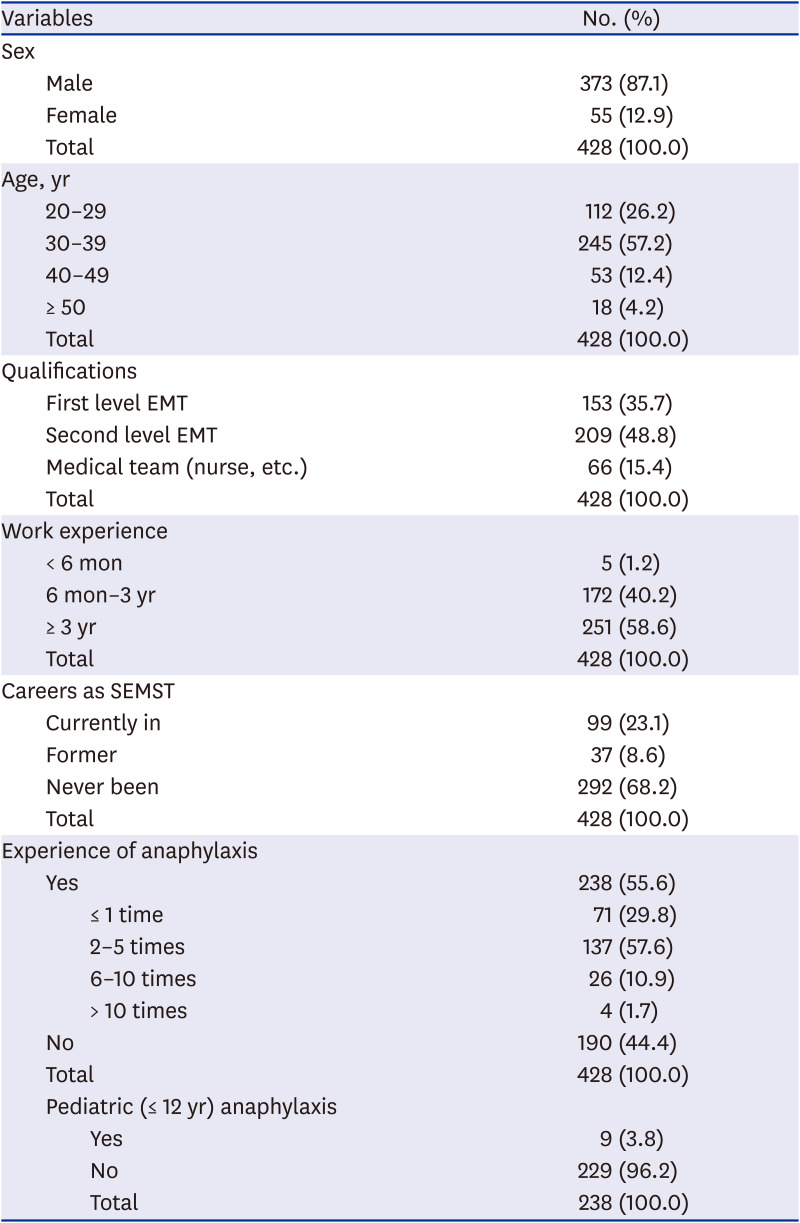
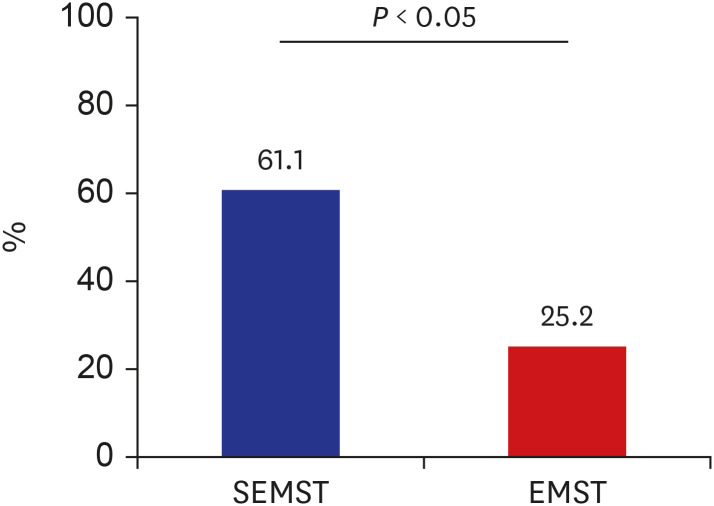
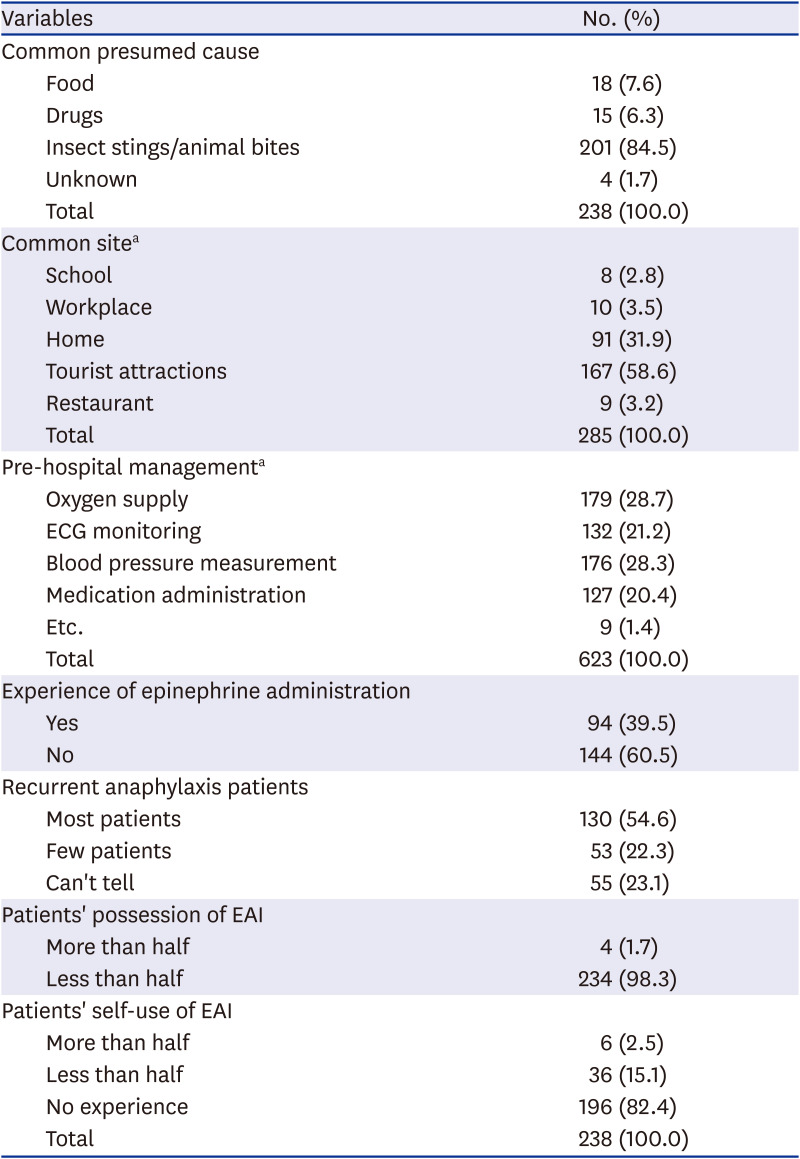
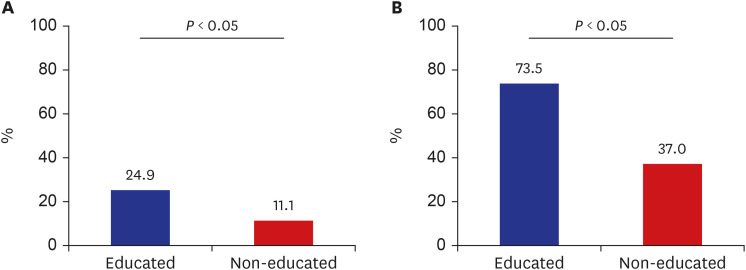




 PDF
PDF Citation
Citation Print
Print



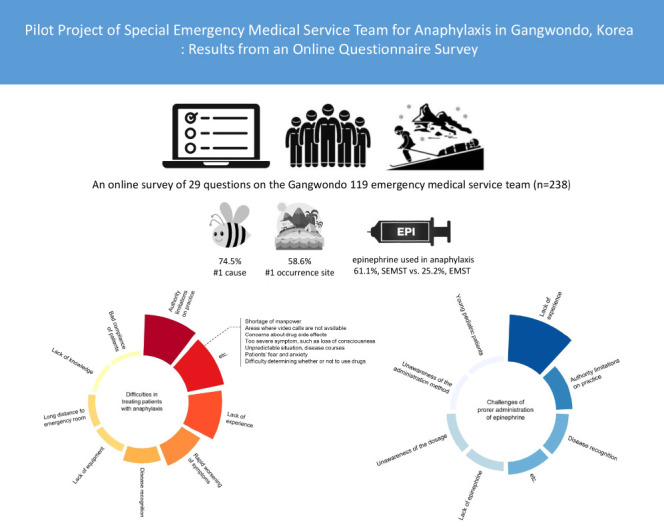
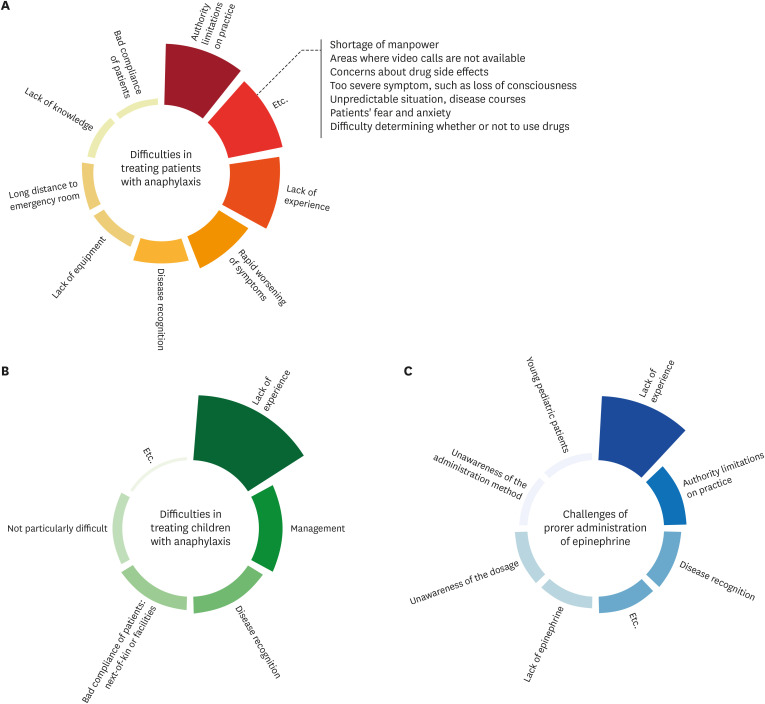
 XML Download
XML Download